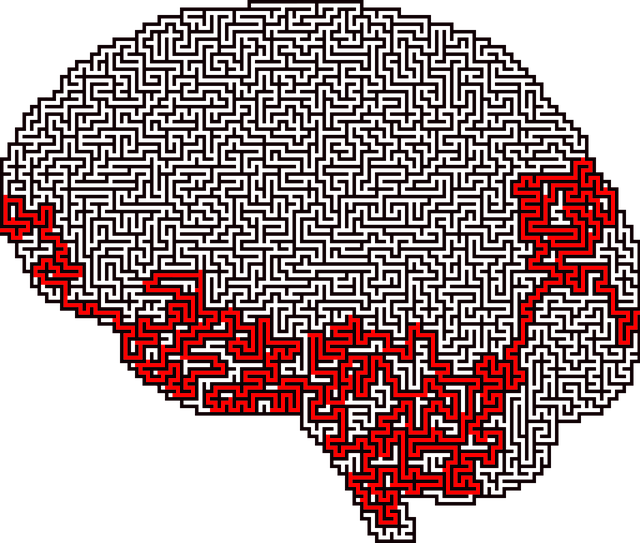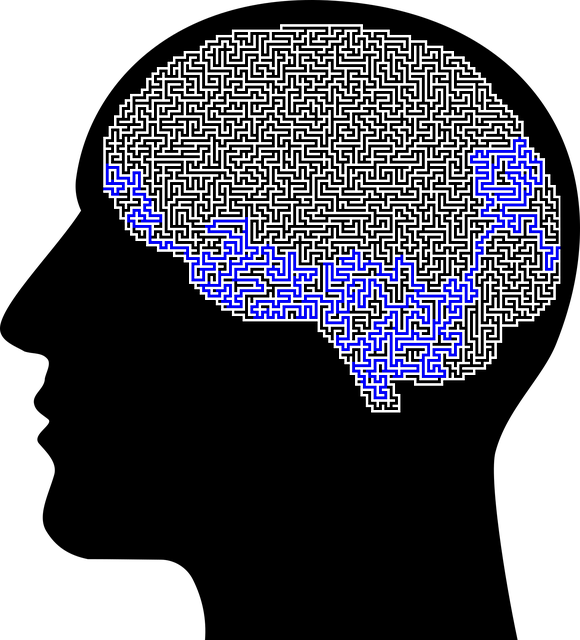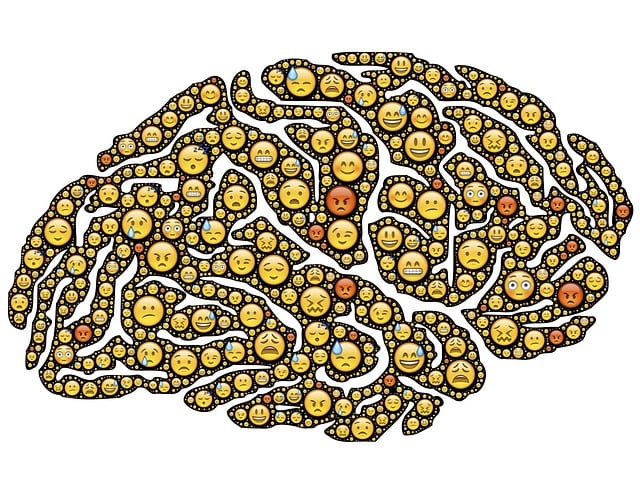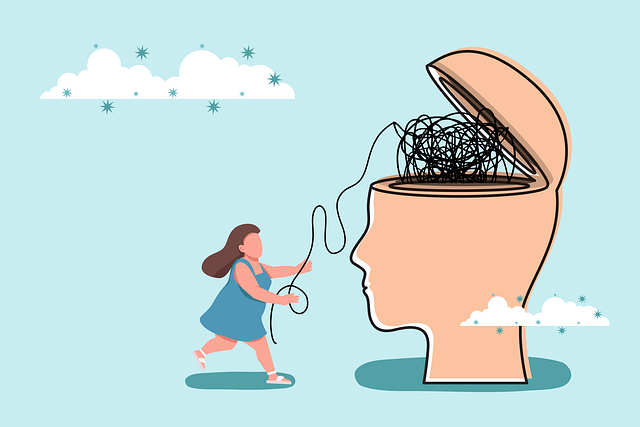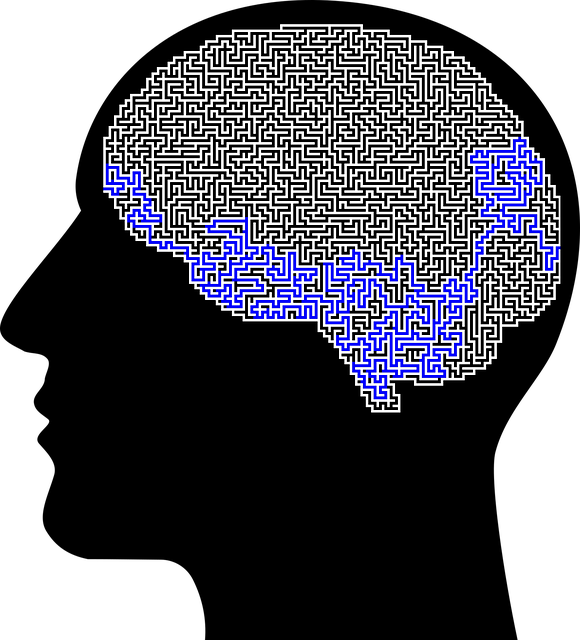Risk management in mental health practice, especially for therapy for adolescent teens, is crucial. Cognitive Processing Therapy (CPT) offers evidence-based strategies to mitigate risks and enhance healing. By addressing traumatic memories, self-disclosure issues, and therapist burnout, CPT empowers teens with healthy coping mechanisms while supporting professionals' well-being. A comprehensive risk management plan integrating CPT, cultural sensitivity, supervision, and peer support networks ensures safer therapy environments for both practitioners and young clients.
Mental health professionals face unique challenges, with risk management being an essential component of their practice. This article explores comprehensive risk planning tailored to adolescent therapy. We delve into understanding risk dynamics in mental health settings and identifying specific hazards. Cognitive Processing Therapy (CPT) is presented as a powerful tool for mitigating risks associated with teen therapy. Additionally, we provide practical guidance on developing and implementing a robust risk management plan, ensuring the safety and well-being of both professionals and clients.
- Understanding Risk Management in Mental Health Practice
- Identifying Potential Risks and Hazards in Adolescent Therapy
- Cognitive Processing Therapy (CPT) as a Risk Mitigation Tool
- Developing a Comprehensive Risk Management Plan
- Implementing and Monitoring Effective Risk Strategies
Understanding Risk Management in Mental Health Practice

Risk management is an integral aspect of mental health practice that involves identifying, assessing, and mitigating potential risks to ensure the safety and well-being of clients, especially adolescent teens undergoing therapy. In this context, it goes beyond traditional risk assessment tools to encompass the unique challenges faced by mental wellness professionals in their daily work. By implementing effective risk management strategies, therapists can create a supportive environment that fosters healing while minimizing adverse events.
Cognitive Processing Therapy (CPT), for instance, is a well-known approach that aids adolescents in processing traumatic experiences and managing complex emotions. However, even with evidence-based therapies like CPT, mental health professionals must remain vigilant about potential risks such as burnout prevention. Balancing the demands of therapy sessions, administrative tasks, and self-care practices is crucial to maintaining optimal performance and preventing stress reduction methods from becoming overwhelming.
Identifying Potential Risks and Hazards in Adolescent Therapy

Identifying potential risks and hazards is a critical step in risk management planning for mental health professionals, especially when working with adolescent teens. Therapy sessions can expose both clients and therapists to unique challenges due to the sensitive nature of the topics discussed. One significant risk lies in the potential for triggering traumatic memories or emotions, particularly during Cognitive Processing Therapy (CPT), which may lead to acute anxiety or depressive episodes.
Adolescent teens might struggle with self-disclosure and opening up about personal experiences, which can be counterproductive if not managed carefully. Additionally, as therapists delve into complex issues like identity formation, self-esteem, and past traumas using Mind Over Matter principles to boost confidence, the risk of burnout for professionals increases. Recognizing these hazards is the first step towards implementing strategies to mitigate their impact on both clients’ mental wellness and therapists’ well-being.
Cognitive Processing Therapy (CPT) as a Risk Mitigation Tool

Cognitive Processing Therapy (CPT) emerges as a powerful tool in mitigating risks within mental health practice, particularly when applied to adolescent teens. This evidence-based therapy focuses on modifying unhelpful thought patterns and cognitive distortions that often underlie emotional distress. By helping young individuals understand and reframe their thoughts, CPT fosters healthier coping mechanisms and enhances their ability to navigate challenging situations.
In the context of risk assessment for mental health professionals, CPT contributes significantly to improving patient outcomes. It equips healthcare providers with strategies to address common psychological risks, such as those stemming from trauma or chronic stress. Moreover, cultural competency training for these professionals can be enriched by integrating CPT techniques, allowing for more tailored and effective emotional healing processes that cater to diverse populations, including adolescent teens.
Developing a Comprehensive Risk Management Plan

Developing a Comprehensive Risk Management Plan for mental health professionals involves integrating various strategies to mitigate potential risks and ensure the well-being of both practitioners and their young clients, particularly those receiving therapy for adolescent teens. This plan should encompass a multi-faceted approach, including Self-Awareness Exercises to enhance personal resilience and Cultural Sensitivity in Mental Healthcare Practice, enabling professionals to navigate diverse client backgrounds effectively. By incorporating Cognitive Processing Therapy techniques, therapists can support teens in processing traumatic experiences and developing adaptive coping mechanisms, thereby reducing the risk of burnout and fostering healthier treatment outcomes. Effective risk management also includes regular supervision, clear boundaries, and access to peer support networks, all of which contribute to a robust safety net within the therapeutic setting.
Implementing and Monitoring Effective Risk Strategies

Implementing effective risk management strategies is a cornerstone for mental health professionals, especially when treating adolescent teens. Cognitive Processing Therapy (CPT) is a proven approach that equips young individuals with tools to navigate and manage risks associated with trauma and stress. By incorporating CPT into therapy sessions, professionals can facilitate a deeper understanding of their thoughts and emotions, fostering better emotional regulation.
Regular monitoring of these strategies is crucial for ensuring their effectiveness. Trauma Support Services play a vital role in providing continuous assessment and intervention when needed. Additionally, integrating Stress Management techniques allows adolescents to develop coping mechanisms that enhance their resilience. This holistic approach not only addresses the immediate risks but also empowers teens with long-lasting skills for emotional well-being, making it a key component of any comprehensive risk management plan.
Mental health professionals play a vital role in helping adolescents navigate complex emotional challenges, but this comes with inherent risks. By identifying potential hazards and implementing strategies like Cognitive Processing Therapy (CPT), practitioners can effectively manage these risks. A well-structured risk management plan, coupled with continuous monitoring, ensures the safety and well-being of both therapists and their young clients. Integrating CPT into therapeutic practices offers a promising approach to mitigate risks, fostering a healthier and more productive environment for adolescent therapy.

